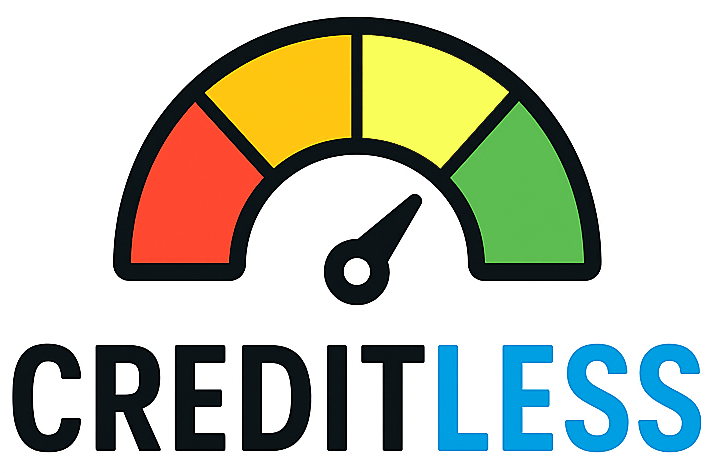Why a regular credit-check routine matters
Your credit reports and scores affect loan approvals, interest rates, renting, insurance and sometimes employment checks. Regular reviews help you spot errors, catch identity theft early, and plan for big purchases. Government guidance says you should check your credit reports at least once a year, and there are now easier ways to review them more frequently if you want to monitor activity closely.
This article gives a practical, low‑effort schedule you can follow at different life stages, plus quick actions to take when you spot problems.
Practical schedule by life stage
Use the cadence below as a baseline — adjust it for major events (buying a home, applying for a job, identity theft, or a data breach).
- Teens and young adults (first accounts, building history): Check your credit once you start appearing in credit files (or at age 18). Review your report annually and monitor accounts with alerts from banks or card issuers. Consider checking more often if you add student loans or authorized-user status.
- Early career / building credit (20s–30s): Look at your credit score monthly if you have credit cards that provide free scores and review a full credit report at least once a year. Stagger the three bureaus’ free reports (see note) so you’re effectively checking something every 4 months.
- Planning a major purchase (home, car): Pull all three credit reports and your primary score(s) several months before you apply so you have time to fix mistakes or improve utilization. Lenders use up-to-date reports; fixes can take weeks.
- Established adults (stable credit, family planning): Monthly score checks by card/bank and a full report review every 6–12 months. If you’re not seeking new credit, quarterly reviews (or weekly free pulls during high-risk periods) are a cost‑free way to stay on top of changes.
- After identity theft or a data breach: Check reports immediately and frequently (weekly access to each bureau’s report is available at AnnualCreditReport.com). Place fraud alerts or a credit freeze, and dispute any unfamiliar accounts.
- Seniors and guardianship situations: Consider a credit freeze to reduce the risk of new accounts opening in the person’s name, and schedule monthly statement and annual report reviews.
Note: AnnualCreditReport.com is the federally authorized site for your free reports. The nationwide bureaus now make free weekly reports available there, which many consumers use to check more often without paying for a monitoring service.
What to check and quick actions
When you open a report or score, focus on a few high‑impact checks:
- Personal info: Name, addresses, SSN (if shown) and employer — correct any misspellings.
- Accounts: Open accounts, balances, payment status, dates — verify nothing unfamiliar is listed.
- Public records and collections: Bankruptcies, tax liens, or court judgments — they have big score effects and take time to resolve.
- Inquiries: Hard inquiries from lenders are visible; too many in a short span can affect loan pricing.
Actions to take
- If you see an unfamiliar account or charge: report it as identity theft at IdentityTheft.gov, place a fraud alert or credit freeze, and dispute the item with the bureau and the furnisher.
- To correct an error: file a dispute with the bureau that shows the error and provide supporting documents; under federal law the bureau must investigate.
- If you want continuous monitoring but don’t want to pay: many banks and card issuers provide free score updates and alerts; use those to get early warnings and still check full reports periodically.
How often scores update: Scores typically refresh when bureaus receive new data from lenders — usually about once a month — so monthly score checks give a useful view of trends.
